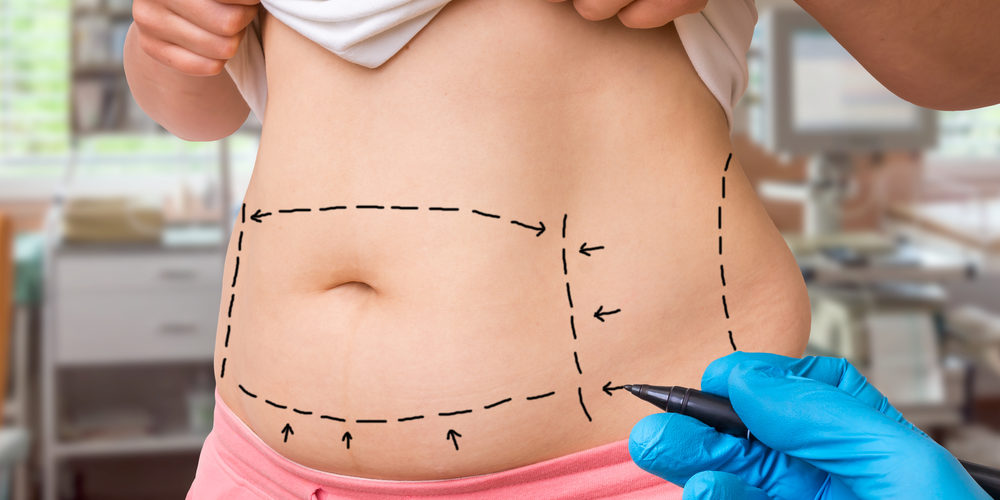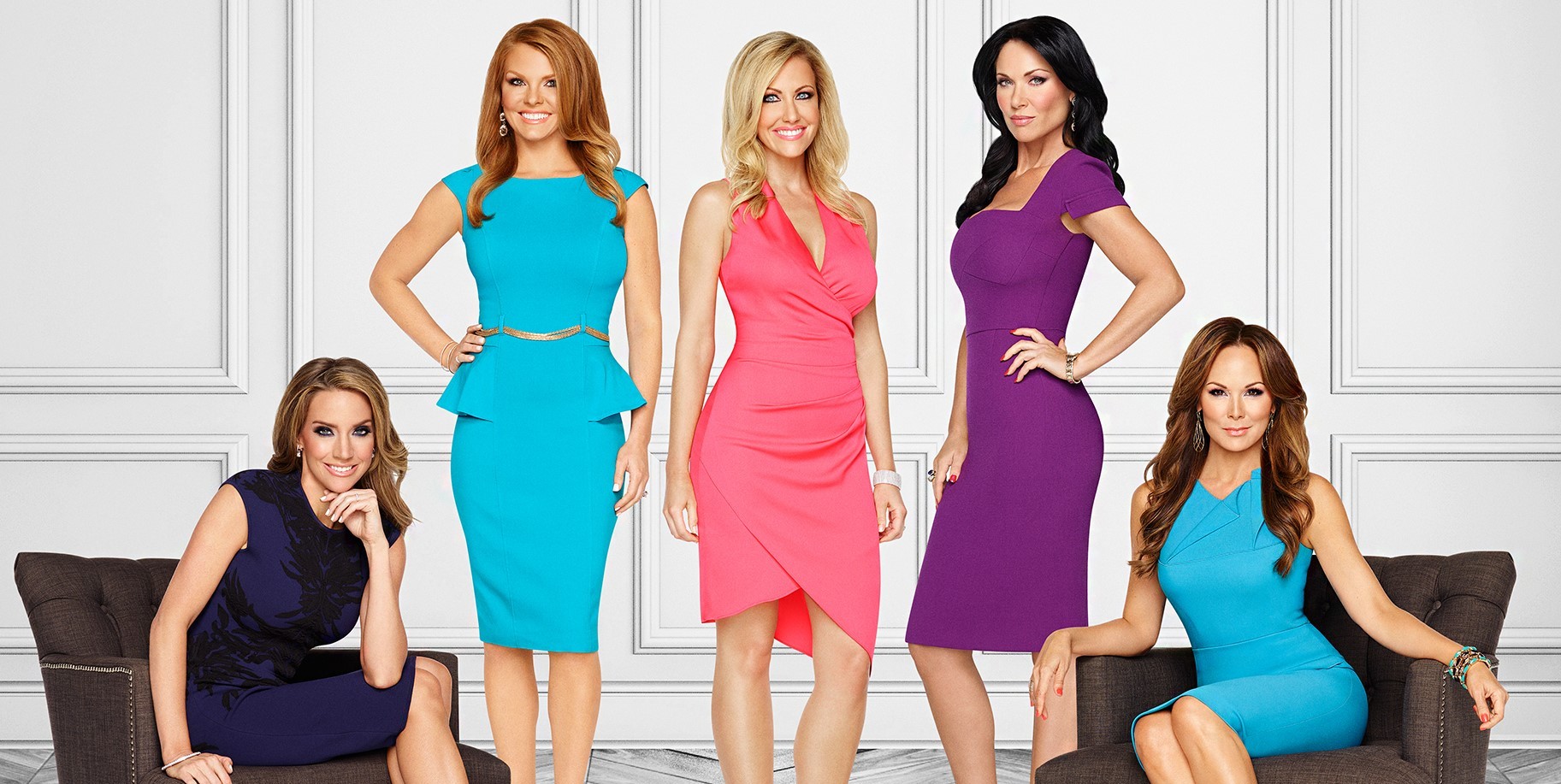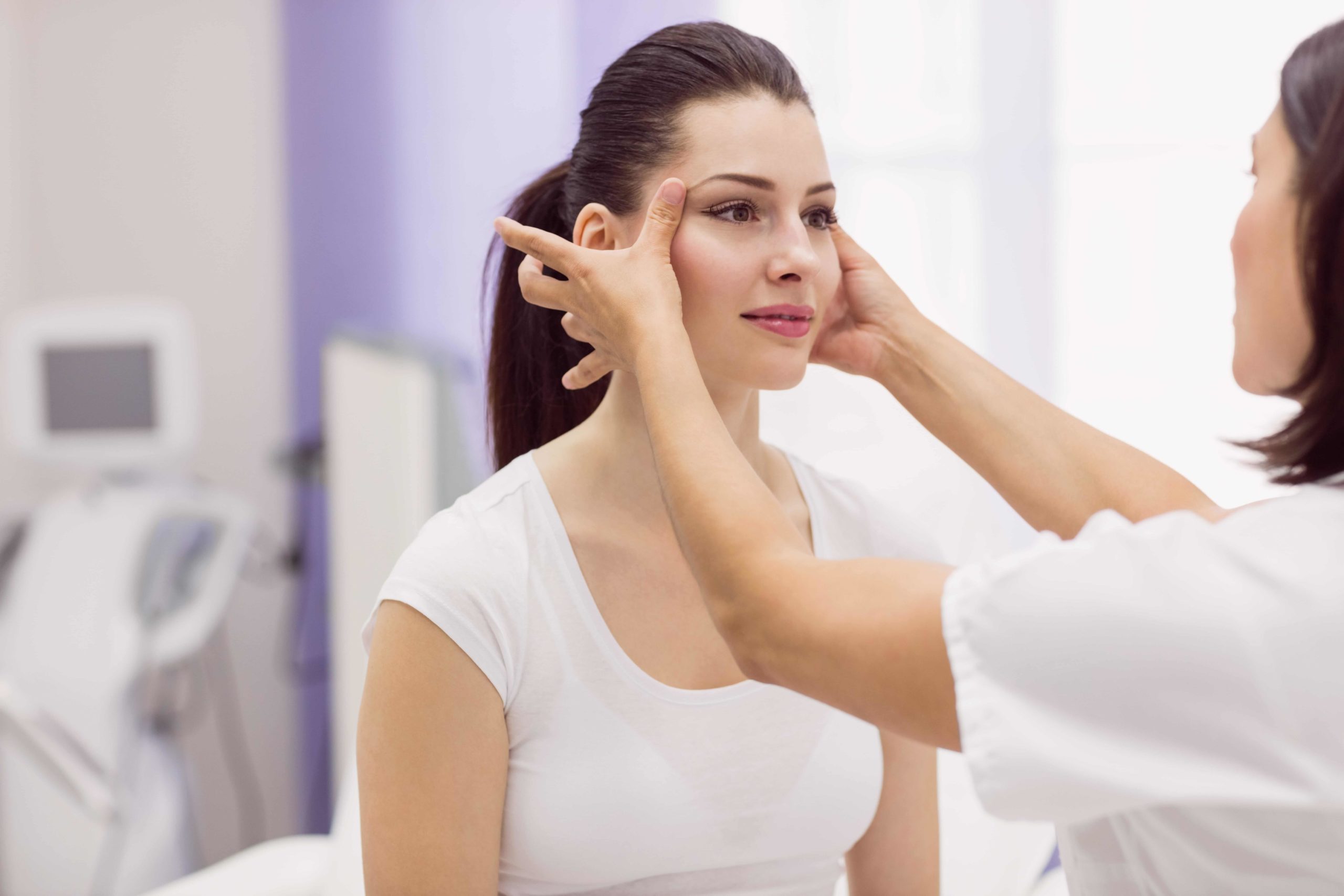When performed by an experienced plastic surgeon, rhinoplasty can successfully address the functional and aesthetic concerns caused by a crooked nose.
We spoke to Dr. Alexander Ovchinsky, a respected board-certified facial plastic surgeon based in Short Hills, New Jersey, about the technical challenges of surgically repairing a deviated nose.
Dr. Ovchinsky’s scope of practice involves all aspects of facial cosmetic and reconstructive surgery, but his special interest and expertise are in the field of primary and revision rhinoplasty. Here’s what he had to say about this intricate medical procedure.
Understanding What Causes a Crooked Nose
An understanding of the underlying causes is the first step in determining which surgical techniques should be employed to fix a crooked nose, and whether other facial asymmetries must also be addressed.
According to Dr. Ovchinsky, the most common reasons why people wind up with crooked noses are nasal trauma and congenital nasal deformity. Unfortunately, botched rhinoplasties are also to blame in many cases.
Each of the following situations presents its own unique technical challenges.
Trauma
Because of the nose’s central location on the face, it’s susceptible to injury from any number of activities. In fact, nasal bone fracture is the main cause of twisting in the nasal axis.
It should be noted that children who have experienced nasal trauma often have to wait years before they can undergo surgery. This is because it’s usually unwise to operate on noses yet to be fully developed.
Prior Surgery
While most rhinoplasty procedures performed by qualified surgeons are successful, some patients do wind up with crooked noses after surgery. In such cases, a second rhinoplasty procedure may be required in order to straighten things out.
The best way to avoid this problem is through prevention; do your research and locate a surgeon who is board-certified and specializes in nose procedures.
Genetics and Birth Trauma
In some cases, babies are born with a crooked nose. This can be the result of congenital deformities, injuries sustained during child birth, or environmental factors during embryonic life.
Diseases
Autoimmune diseases as well as those that harm connective nasal tissue can affect the structural integrity of the nose and cause it to take on a crooked shape.
Septal Deviation
Septal deviation is one of the leading causes of a crooked nose. The septum functions as a dividing wall separating the right and left nasal passages. Though minor deviation of the septum is normal, pronounced deviation often causes breathing problems and a misshapen nose.
How to Repair a Crooked Nose
You may be surprised to learn that many people with crooked noses attempt to correct the problem at home, by themselves. This generally involves facial exercises and other ineffective or potentially dangerous practices.
Unfortunately, there is no way to fix a crooked nose without surgery or expert medical care.
In cases involving broken nasal bones resulting from trauma, the nose can sometimes be “popped” back into place when addressed within the first 24 hours. This requires the talents of a skilled, experienced surgeon, however, along with some form of anesthesia, be it local or sedation.
Beyond that, a more in-depth surgical procedure is generally required.
“The correction of a crooked nose usually requires primary or revision rhinoplasty,” says Ovchinsky. “The bony nasal deviation is corrected by the reduction of dorsal nasal asymmetries with nasal rasp, osteotomy, or powered instrumentation and mobilization of the nasal bones (osteotomies) in order to bring the bones to the midline.”
The specific techniques employed depend on the nature or degree of the patient’s deformity.
Septoplasty
Since septal deviation is such a common cause of crooked noses, septoplasty is often required. This involves removing the portion of the septum that is deviated (usually the central portion of the septum), and then suturing the remaining portion to stable surrounding cartilages for support. Straightening the septum not only results in a better appearance but also improves breathing.
Osteotomies
While it may sound a bit scary, osteotomy, or the intentional breaking or surgical cutting of bones, is a standard and effective surgical technique used in many nose surgeries. By resetting the bones the surgeon is able to straighten the nose, which not only improves its appearance but also helps improve breathing in many cases.
Cartilage Grafting
In some cases, rhinoplasty to correct a crooked nose may require cartilage grafting. The cartilage is harvested from either the ear, rib or septum. It is then grafted to provide support to the structures of the nose, alter its shape, hide asymmetries, or even entirely replace deviated portions.
One common type of cartilage graft used in nose surgeries is the spreader graft. A spreader graft is a strip of cartilage that is placed on one or both sides of the septum, functioning as a splint to keep it straight. The spreader graft is most commonly taken from the central part of the septum. Should this not be possible (as it may be fractured or removed during a previous septal surgery), rib cartilage can be used instead.
Another common option for graft material is cadaveric bone, which has the benefit of not requiring any donor cartilage from the patient.
Revision Rhinoplasty
When a crooked nose is the result of a previous rhinoplasty surgery, revision rhinoplasty may be performed.
Revision rhinoplasty can address many issues stemming from primary rhinoplasty, from a crooked nose that primary rhinoplasty failed to fully correct, to a new nasal deviation caused by errors made in the initial procedure.
“The corrective techniques are largely the same as those employed during primary rhinoplasty, although the use of spreader grafts is more frequent during revision rhinoplasty,” Ovchinsky says. “Also, cartilage grafts from other donor sites are commonly utilized during revision surgery, as there often isn’t enough septal cartilage due to the prior surgery.”
Recovering from Surgery
Recovery from crooked nose repair can take several weeks, depending on the individual patient, the areas treated, and the complexity of the procedure.
Surgery is performed on an outpatient basis, and most people go back to work within a few days to a week. The plastic surgeon will usually want to see their patient the day following surgery and again a week later.
Most patients will notice an improvement in their breathing immediately after the procedure. However, the swelling resolves gradually and can take up to a year to fully subside.
Choosing a Rhinoplasty Specialist
Finding a qualified specialist is one of the most important aspects of preparing for any plastic or reconstructive surgical procedure. This is particularly true when looking for a revisionary rhinoplasty specialist, as these are considered to be among the most complicated of facial plastic surgery procedures. Consequently, rhinoplasty also has one of the highest revision rates.
“I always advise patients to select their surgeon carefully, and to try and choose one who specializes in rhinoplasty,” says Ovchinsky. “Rhinoplasty in general is considered one of the most difficult, technically demanding surgical procedures, as it attempts to modify the central feature of the face in a three dimensional manner and involves working with various tissues such as skin, bone, cartilage and mucosa, all of which have different surgical demands and healing tendencies.”
Ovchinsky says that revision rhinoplasty is even more difficult than primary rhinoplasty because it involves the same challenges as primary rhinoplasty, but also has to contend with a nose that’s been surgically altered. Plus, there are obscured tissue planes, a lack of nasal cartilage, and various nasal anatomic problems caused by the earlier, unsuccessful surgery.
“A revision rhinoplasty surgeon needs to be well-versed in nasal anatomy in order to correctly identify the reason why a prior surgery has failed, and come up with the appropriate surgical techniques to correct it,” says Ovchinsky. “They must also be comfortable obtaining grafts from various sites and capable of paying attention to the smallest details in order to maximize the chances of a successful revision.”
Additionally, Ovchinsky says all this becomes more challenging with each successive procedure. “Each consecutive revision rhinoplasty becomes more difficult technically and in terms of predictability of the outcome.”
However, most people are satisfied with the final result of their rhinoplasty surgeries. “While a technically difficult procedure, rhinoplasty is also a ‘happy surgery’,” Ovchinsky concludes.









